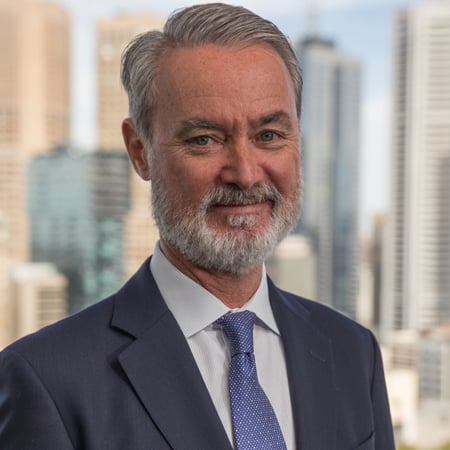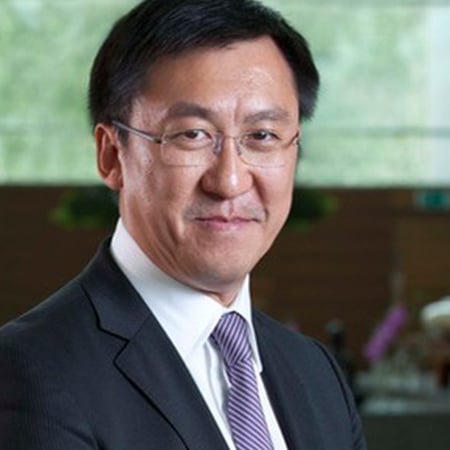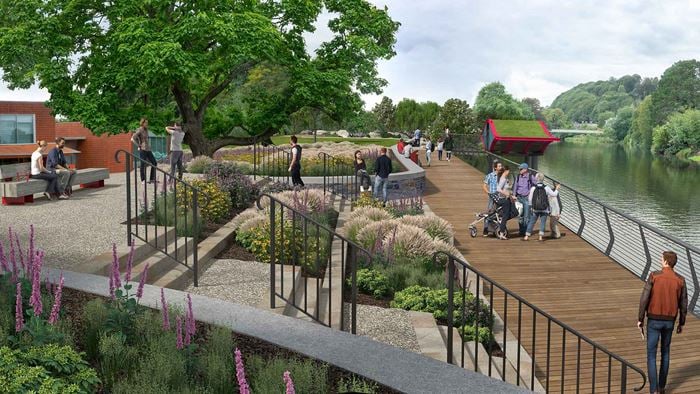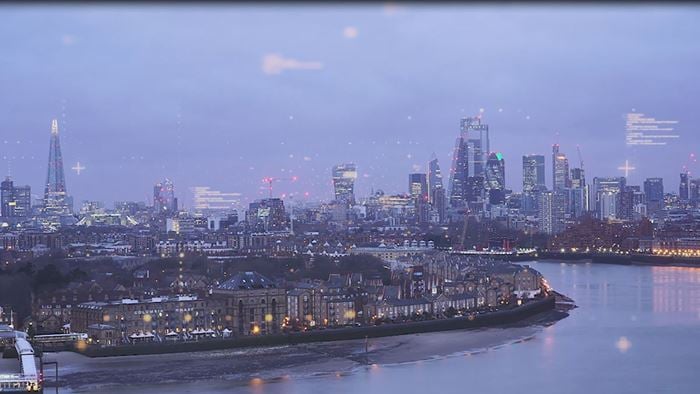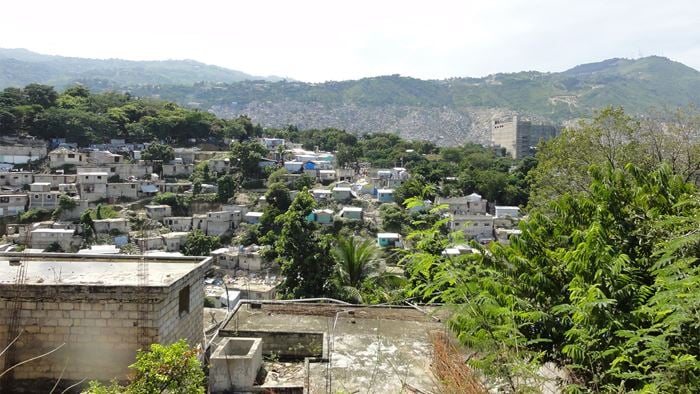How today’s decisions shape the cities of tomorrow
Delivering desired future outcomes for cities can pose a number of challenges. But, as we show in our Design Book: 50 city stories explored, it doesn’t matter if the goal is encouraging growth, developing infrastructure, or planning for an increase in population. The planning starts now.
“We’ve got the need, we’ve got the obligation, frankly, to try and make cities as good as they can be. Because future generations are going to live with what we do. ”
Gregory Hodkinson Former Chair of Arup Group
Infrastructure projects are one of the biggest enablers of economic growth in cities. With timelines often stretching across decades, each phase of the planning must be carefully orchestrated to make the greatest possible impact. In Foshan, Guanzhong, we are supporting the economic case for a new metro line by ensuring that stations are optimally-placed to prompt development.
Managing the built-up city
Without the luxury of starting from scratch, most projects must fit within a city's existing footprint. Nowhere is this better shown than Shanghai. We started work there three decades ago, on the city’s first skyscraper. Since then, Shanghai has become a megacity, symbolic of China’s economic rise.
We have been involved in numerous projects in Shanghai that maximise the limited opportunities for new growth. One project of note is our plan to redevelop Shanghai’s 2010 World Expo site into a business, leisure and exhibition centre. And in Xinzhuang TOD Town, we’re expanding above an existing station. It will become a multi-mode transport centre, with residential and commercial space overhead.
“Just 30 years ago, we built the Hilton Hotel. In photos you can see you could have built almost anywhere at the time. Now there’s no space: you have to find gaps and create places. Because the city is so developed, you have to start building where it’s technically very difficult. That change is absolutely amazing. ”
Michael Kwok Asia Pacific Council Chair
At a micro-level, the ancient shopping streets of Dashilar are proof that even the smallest projects can have a transformative effect. In this congested part of Beijing, the moveable street bench we designed acts as a parking barrier, a place to sit and somewhere to lock up bicycles. It’s simple, but effective.
Planning for tomorrow’s challenges
Cities are experiencing more change now than at any other time. As our work in northern Melbourne shows, plans made today will shape the city for the next generation. Urbanisation is driving record population growth in the Australian city; our 50-year plan is phased so that new transport and social infrastructure will be in place when they’re needed. That’s what we call future-proofing.
Design Book: 50 city stories explored
Read an electronic version of the Design Book
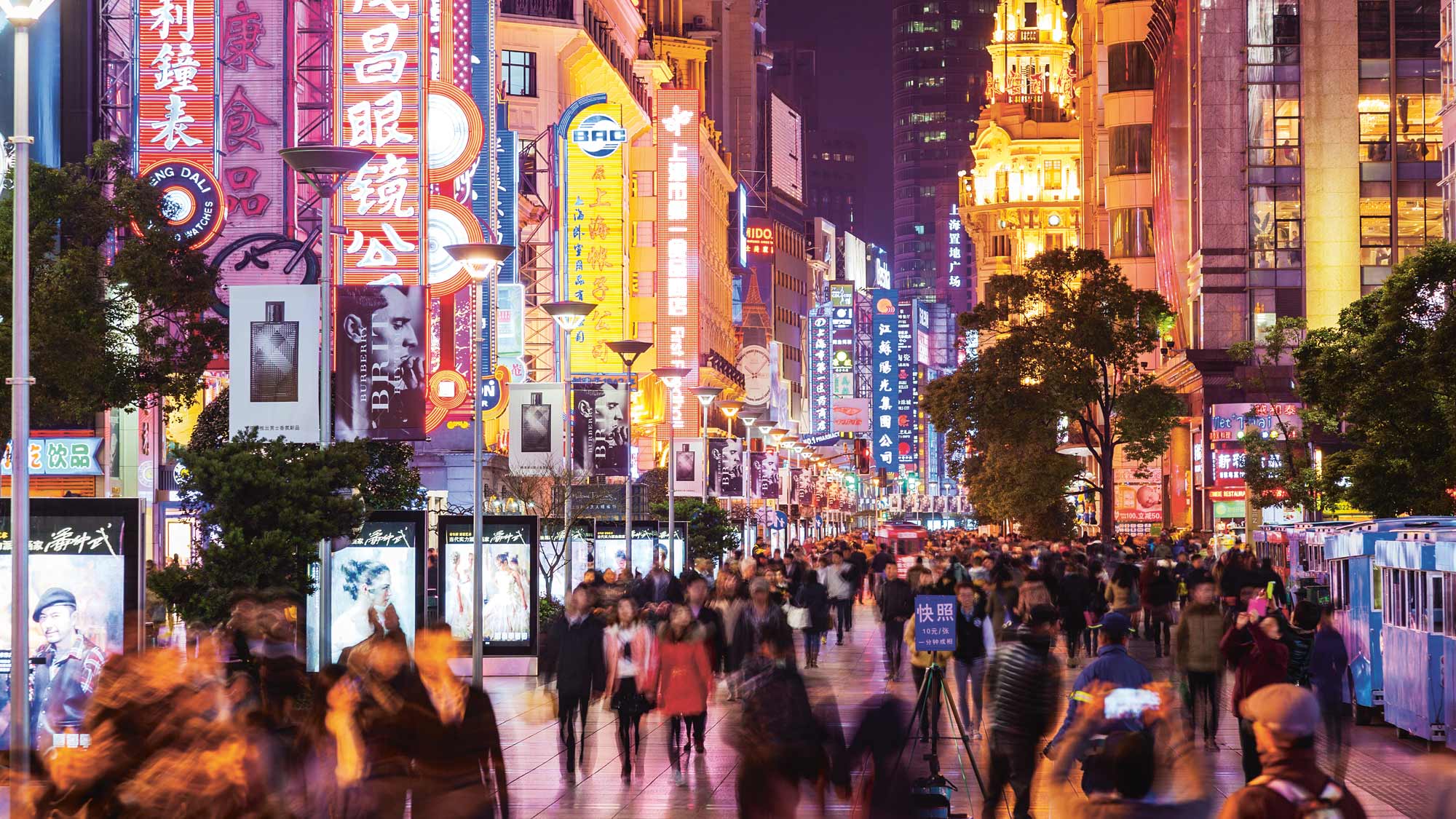 ;
;

